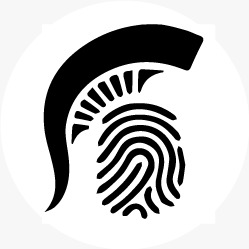Automated Latent Fingerprint Recognition
Latent fingerprints are one of the most important and widely used evidence in law enforcement and forensic agencies worldwide. Yet, NIST evaluations show that the performance of state-of-the-art latent recognition systems is far from satisfactory. An automated latent fingerprint recognition system with high accuracy is essential to compare latents found at crime scenes to a large collection of reference prints to generate a candidate list of possible mates. In this paper, we propose an automated latent fingerprint recognition algorithm that utilizes Convolutional Neural Networks (ConvNets) for ridge flow estimation and minutiae descriptor extraction, and extract complementary templates (two minutiae templates and one texture template) to represent the latent. The comparison scores between the latent and a reference print based on the three templates are fused to retrieve a short candidate list from the reference database. Experimental results show that the rank-1 identification accuracies (query latent is matched with its true mate in the reference database) are 64.7% for the NIST SD27 and 75.3% for the WVU latent databases, against a reference database of 100K rolled prints. These results are the best among published papers on latent recognition and competitive with the performance (66.7% and 70.8% rank-1 accuracies on NIST SD27 and WVU DB, respectively) of a leading COTS latent Automated Fingerprint Identification System (AFIS). By score-level (rank-level) fusion of our system with the commercial off-the-shelf (COTS) latent AFIS, the overall rank-1 identification performance can be improved from 64.7% and 75.3% to 73.3% (74.4%) and 76.6% (78.4%) on NIST SD27 and WVU latent databases, respectively.
PDF Abstract

 NIST SD 19
NIST SD 19